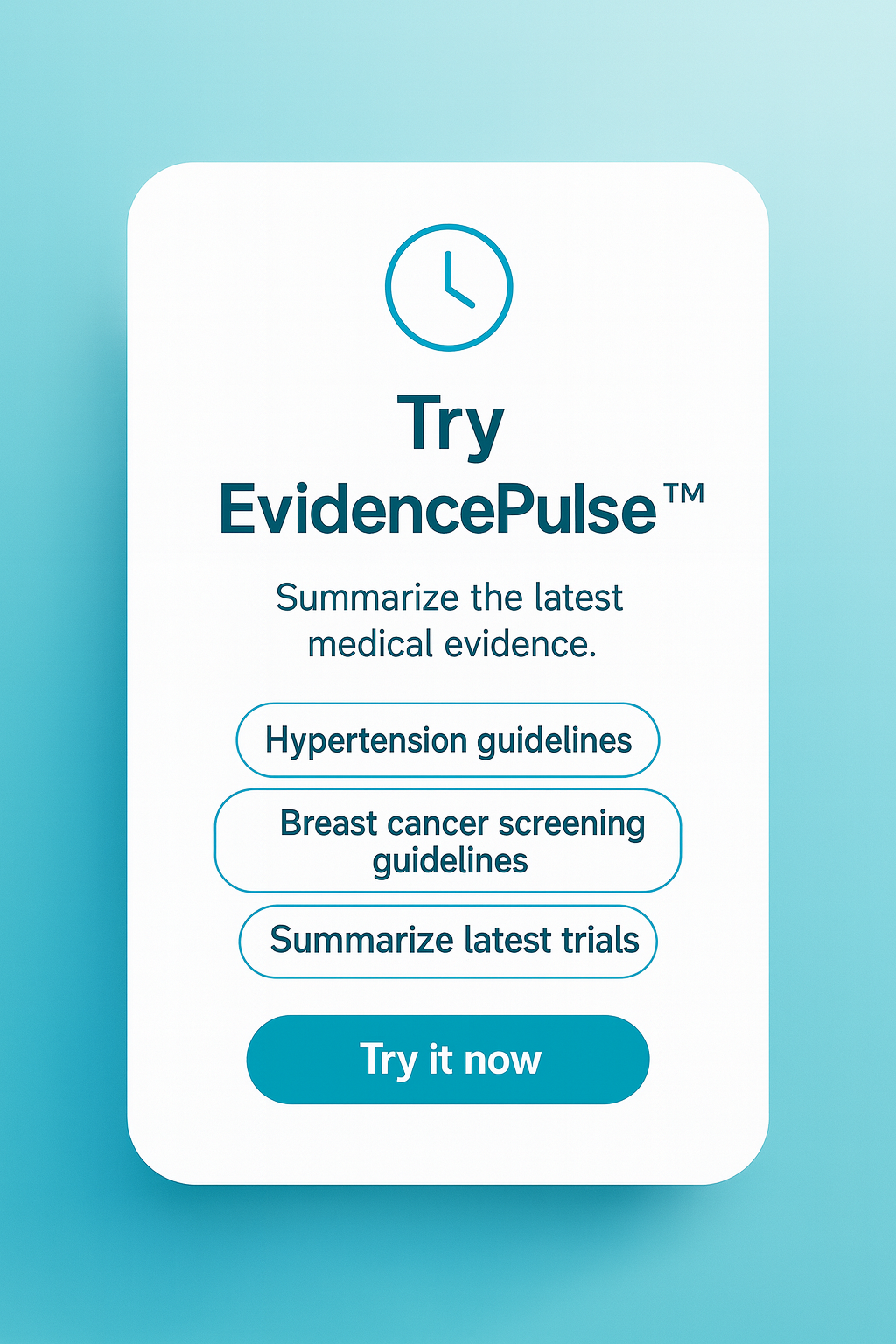Video laryngoscopes for urgent use improve intubation success in neonates
1. In this randomized controlled trial, using the video laryngoscope significantly increased the success of first-attempt intubation in neonates compared to direct laryngoscopes.
2. Lowest oxygen saturation levels recorded were also higher with video laryngoscope use.
Evidence Rating Level: 1 (Excellent)
Study Rundown: Typically when neonates are intubated, it is on an urgent basis, such as when they are experiencing respiratory failure in the neonatal intensive care unit (NICU) or the delivery room. Neonates who undergo repeated endotracheal intubation attempts have associations with greater adverse events, including severe oxygen desaturation and bradycardia. The study used a 1:1 ratio to assign neonates to undergo intubation with a video or direct laryngoscopy, along with randomly stratifying babies according to gestational age (<32 weeks or ≥32 weeks. In the NICU, medication was administered before any intubation attempts, whereas in the delivery room, medication was not administered before due to the lack of intravenous access being easily accessible. The study’s primary outcome was successful intubation on the first attempt to determine the efficacy of the laryngoscope technique, which was determined by exhaled carbon dioxide levels. Several secondary outcomes were measured, such as the lowest heart rate during intubation, the number of attempts until successful intubation, and the duration of successful attempts, to name a few. The study had a few limitations, such as the small sample size and the inability to blind the clinicians. Overall, neonates who underwent video laryngoscopy had greater success on the first attempt than those who underwent direct laryngoscopy.
Click here to read this study in the NEJM
In-Depth [randomized controlled trial]: To understand the difference in efficacy between video- and direct-laryngoscopy, a randomized clinical trial enrolled 214 neonates born on September 4, 2021. All of these neonates were born needing intubation, thus meeting the eligibility criteria, and 63 (29%) of them were intubated in the delivery room, while 151 (71%) were intubated in the NICU. Neonates excluded from the study were those who had upper airway abnormalities. The video-laryngoscopy group saw successful intubations in 79 of the 107 patients (74%; 95% confidence interval [CI], 66 to 82) when compared to the direct laryngoscopy group, which saw only 48 of the 107 patients (45%; 95% CI, 35 to 54) successfully intubated on the first attempt (p<0.001). The median lowest oxygen saturation was 74% (95% CI, 65 to 78) and 68% (95% CI, 62 to 74) in the video versus direct laryngoscopy groups, meaning that the video laryngoscopy had a higher overall oxygen saturation level. Furthermore, 45% (95% CI, 35 to 55) of the infants in the video-laryngoscopy and 53% (95% CI, 43 to 63) of the infants in the direct-laryngoscopy groups had less than 70% oxygen saturation. When comparing the lowest median heart rates, it was 153 beats per minute (95% CI, 148 to 158) in the video group and 148 (95% CI, 140 to 156) in the direct group. Overall, the video-laryngoscopy group required fewer attempts to successfully intubate the neonates, needing only 1 attempt (95% CI, 1 to 1) compared to the direct-laryngoscopy group, which needed 2 attempts (95% CI, 1 to 2). In summary, this study demonstrated the effectiveness and safety of using video-laryngoscopies for neonatal intubation in urgent situations.
Image: PD
©2024 2 Minute Medicine, Inc. All rights reserved. No works may be reproduced without expressed written consent from 2 Minute Medicine, Inc. Inquire about licensing here. No article should be construed as medical advice and is not intended as such by the authors or by 2 Minute Medicine, Inc.








